This story first appeared in the December 2018 edition of Australian Aviation.
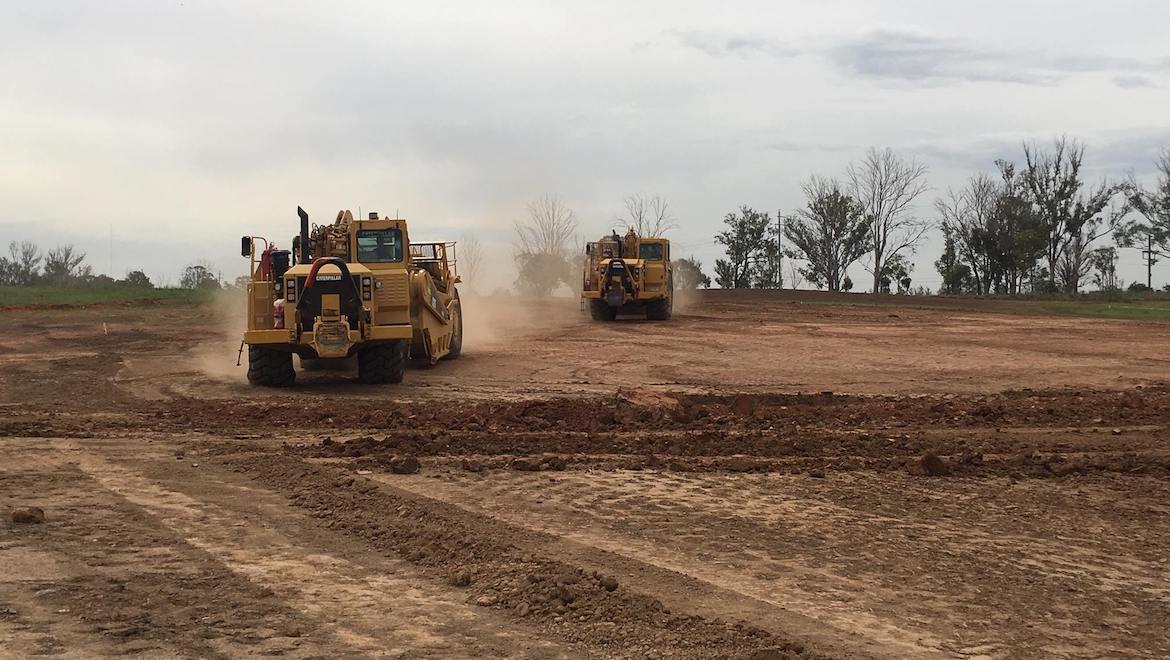
Graham Millett describes the construction of the Western Sydney Airport at Badgerys Creek as a “once-in-several-lifetimes experience”.
It is a particularly apt label given governments first debated the issue in the 1940s.
However, all that talk, delay and indifference over the 80 years or so the project has been on – and sometimes off – the drawing board has finally given way to action, with construction on the roughly 1,800 hectare site getting underway on September 24 2018.
As chief executive of Western Sydney Airport Corporation (WSA Co), the government-owned company charged with building and operating the proposed airport, it is Millett’s job to manage what is an enormous and complex project.
And he is excited by the challenge of the task ahead.
“I think it is a great privilege and a great honour to be put in charge of an organisation … that is building the first major capital city airport in Australia, essentially for 50 years, and to be responsible for a project that has been on the drawing boards for 70-75 years,” Millett said in an interview on a recent edition of the Australian Aviation podcast.
“People have said to me in the past ‘well this is a once-in-a-lifetime experience’ and I said ‘well actually, no, this is a once-in-several-lifetimes experience’, because as we know this has been on the burners for about 70 years, 75 years.
“The last major airport to be built of any size in Australia really was Melbourne Airport, which was about 50 years ago now.”
On September 24, bulldozers began preparing the ground for the eventual runway and terminal construction.
Currently, the difference between the highest and lowest points on the airport site is equivalent to a 12-storey building. About 1.8 million cubic metres of earth will have to be moved by a workforce of about 180 and is scheduled to be complete by the end of 2019.
Meanwhile, major earthworks due to begin next year will shift about 22 million cubic metres of earth. Expressions of interest are open for the first of three major earthworks and airside civil works packages due to be awarded in mid-2019.

Huge growth in capacity
According to the Western Sydney Airport Plan, Stage 1 is due to be complete by 2026 with the airport starting operations using a single 3,700m long by 60m wide runway on a 05/23 orientation and capable of handling 63,000 air traffic movements a year.
There will be a 90,000 square metre passenger terminal with ability to handle up to 10 million domestic and international passengers a year – up to 2,000 arriving and departing passengers an hour in the peak. Freight capacity will 220,000 tonnes.
Before joining WSA Co, Millett worked for two decades at Qantas, including a role as group general manager for property and procurement, and also at the National Broadband Network as head of facilities and fleet.
He said the initial expected throughput at the airport is between three to four million passengers a year. By the mid to late 2030s, a terminal extension will lift capacity to about 15 million passengers a year.
Looking further ahead, the first runway is likely to reach capacity by 2050 with 37 million passengers a year expected to pass through the terminals, triggering the construction of a second, parallel runway.
Finally, the long-term forecast has Western Sydney Airport handling 82 million passengers a year by 2063. To put that figure in perspective, statistics from Airport Council International show only five airports had more 80 million passengers in calendar 2017: Atlanta Hartsfield-Jackson (104 million); Beijing Capital (96 million); Dubai International (88 million); Tokyo Haneda (85 million); and Los Angeles International (85 million).
Sydney Kingsford Smith, Australia’s busiest airport by passenger numbers, was 42nd on the list with 43 million passengers in calendar 2017.
Millett said the forecasts may even be exceeded as advances in airport design allowed for more passengers and flights.
“I’m guessing by then technology will have improved efficiencies again so while it is designed for 82 million, I would expect that the airport will actually be processing close to 100 million passengers a year which positions it as one of the largest airports in the world, the largest in Australia I would think at that time,” Millett said.
“It’s going to be a major undertaking over a 40-year period or so.”
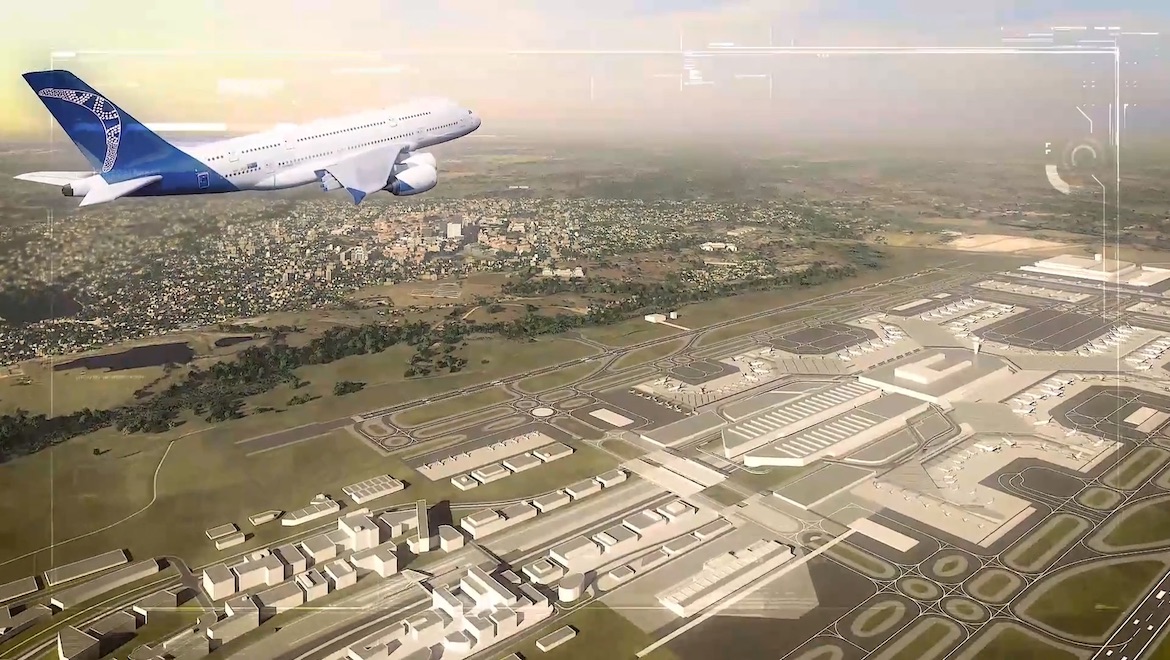
WSA Co established in 2017
The Federal Government declared Badgerys Creek as its preferred site for a second Sydney airport in August 2015.
It then established WSA Co in August 2017, shortly after Sydney Airport confirmed it would not take up its right of first refusal to build and operate the proposed airport.
Former Optus chief executive Paul O’Sullivan was appointed the first chairman of WSA Co; he is currently one of seven directors on the board.
The Commonwealth has indicated previously it planned to inject up to $5.3 billion in equity into WSA Co to build the new airport.
Millett said the additional aviation capacity for Sydney is badly needed, given an expected doubling of annual passengers around the world to eight billion over the next two decades.
Further, there is limited scope for further growth at Sydney’s Kingsford Smith at Mascot, particularly while existing restrictions such as the hourly aircraft movement cap and curfew remained in place.
“I think the time has come to build this airport. I don’t think that we could as a country delay the construction of this airport much longer,” Millett said.
“Sydney is very constrained. The reality is that Sydney Airport is running out of capacity in the peak hours.”
Millett said having an airport in Sydney open around the clock would be welcomed by airlines and open up Sydney to a “much broader range of possibilities in terms of air freight and in terms of passengers”.
He said he is thrilled both Australia’s major airline groups in Qantas and Virgin Australia have expressed a desire to fly into and out of Western Sydney Airport, reinforcing the point that it will be a “full service airport”.
“They have both said that not only will they fly their low-cost carriers here – the Jetstars and the Tigers of this world – but they will also fly their full-service carriers here,” Millett said.
“Some people still think of this as a low-cost airport. And certainly while we will be servicing low-cost carriers, both domestically and internationally, it is a full-service airport.
“There’s low-cost domestic, there’s low-cost international. There’s full-service international, there’s full-service domestic and of course there’s the freight component.”
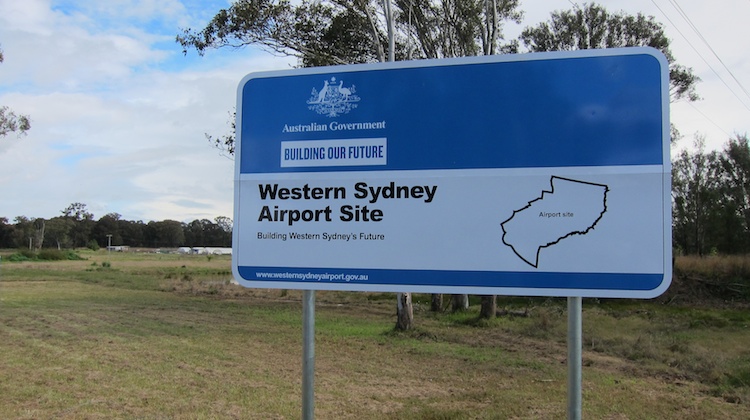
Also, Millett said the discussions with international airlines, particularly those based in South-East Asia, had been very positive.
“They are really excited by having the prospect of a new, 21st century, highly efficient, highly reliable airport that operates 24/7,” Millett said.
“They can get much more efficient network planning, they get much better asset utilisation. They have been all in favour.
“We haven’t had anybody say – not a single person – this is a bad idea.”
Millett said he expected Western Sydney Airport and Kingsford Smith to operate “in conjunction with each other”.
“They will be competitors and they will be collaborators, there’s no question about that,” Millett said.
While Western Sydney Airport was expected to open without a curfew, the airport plan indicates the design of flightpaths will consider the idea that all takeoffs and landings are directed to the south-west during overnight hours as part of efforts to minimise the noise impact on nearby residents.
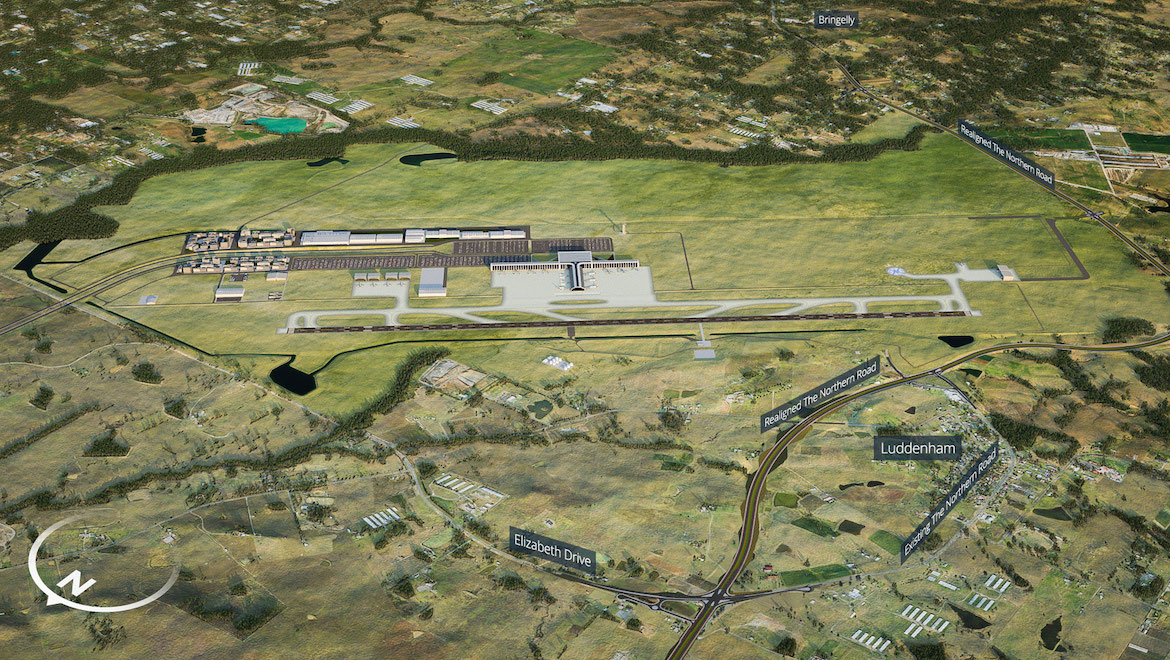
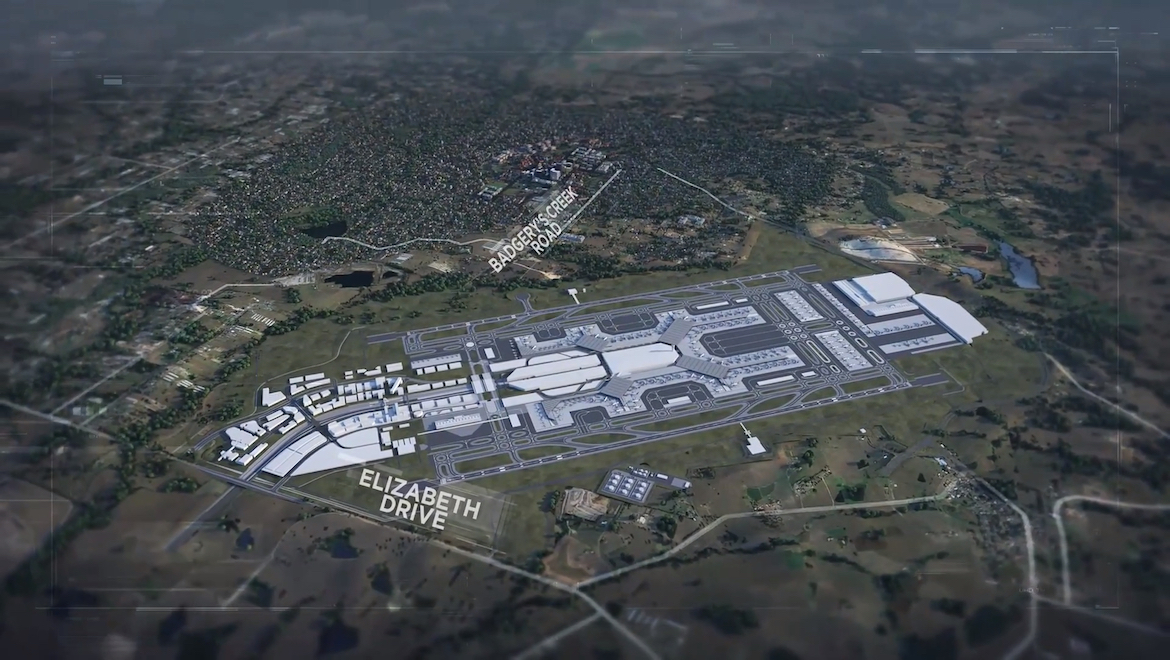
Future proofing
Although the design of the passenger terminals, airfield and airspace flight paths is happening now, Western Sydney Airport is still some eight years away from welcoming its first passengers and cargo pallets through the doors.
That represents a difficult challenge in terms of ensuring technology, both in development and yet-to-be-thought-up, are accommodated in the design process.
Millett said it was a “rapidly developing area”.
“Whether that’s in baggage handling, whether that’s in passenger facilitation, whether it’s in the types of vehicles that operate on the airport, it’s an environment that’s very turbulent,” Millett said.
“So one of the ways we’re trying to address that is to talk with the R&D firms that are dealing with these sorts of things; where some of the technology is still in the labs, but in eight years’ time, by the time we open, the technology will be accepted and it will be proven as reliable.
“Importantly, the decisions that we take won’t close off future decisions that are made.
“I use the term ‘future proofing’ and it is a term that is much bandied about, but in reality what we are trying to do is to keep all of our decisions open and flexible so that our successors in 10 years’ time, 20 years’ time, 30 years’ time, as the case may be, will have technologies on their hands that we can only dream about.
“We’ve got every opportunity to build it to best practice. We’ve got every opportunity to build it to 21st century standards instead of 20th century standards. It’s an opportunity that is extremely rare.”
One of those potential future technologies is unmanned vehicles, commonly referred to as drones, for the transportation of passengers and freight around the airport precinct.
“We are also planning for autonomous vehicles to be operating in the region and into the airport and on the airport,” Millett said.
“We’re hoping to have as many of our vehicles on the airport itself operating autonomously, without drivers. There are clearly safety issues we have to meet and what have you, but the technology looks to be in place.
“The Jetsons have finally arrived, to be honest with you.”
VIDEO: A look at the smoking ceremony conducted by Darug Nation elders and Aboriginal community members prior to the start of construction from the Western Sydney Airport YouTube channel.
Aerotropolis
Beyond the airport itself, there is also a planned “aerotropolis” or business precinct bringing together firms across defence, aerospace, freight and logistics, agribusiness, pharmaceutical and biotech, and education, among others.
Corporate commitments to being a part of this airport city include Northrup Grumman, which in May 2017 announced it would invest $50 million to establish an Electronics Sustainment Centre of Excellence in Western Sydney.
The facility would initially begin operations at RAAF Base Richmond before ultimately relocating to Badgerys Creek where Northrop Grumman will be the aerospace precinct anchor tenant.
The new centre would support advanced electronics such as communications systems, electronic warfare equipment and targeting pods. It could include the capability to support the maintenance, repair and upgrade of electronic systems fitted to a range of RAAF aircraft such as the C-130J Hercules, EA-18G Growler, F-35A Lightning II, MQ-4C Triton and P-8A Poseidon.
Meanwhile, the University of Newcastle, University of NSW, University of Wollongong and Western Sydney University said they plan to work together to develop a world-class higher education institution in the precinct focusing on aerospace, engineering and science.
Estimates suggest the ‘aerotropolis’ could create 200,000 new jobs which, Millett said, would be significant in helping improve the nation’s productivity.
He said that while the new precinct would service the growth of the region it would also service existing residents with statistics showing that 200,000 to 250,000 people who live in western Sydney travel to the east each working day.
“For conservative purposes let’s call it two hours (travel) a day. Two hours a day times five days times 250,000 people. The lost productivity is enormous. It’s enormous.
“If you can halve that travel time so that we have what’s commonly called the 30-minute city, where people live and work within 30 minutes of each other, then you would immediately get a rapid increase in productivity.
“How you measure productivity is of course variable, but even if its people spending that extra time each day with their families, that’s important. If it’s them spending that extra time exercising, that’s important. If it’s them spending that extra time on a second job or additional time at work, that’s important.
“It all goes to productivity.”
How the two million people in Western Sydney Airport’s catchment area – the number is expected to reach three million in two decades – get to and from the airport and the “aerotropolis” is still to be determined.
A joint Federal and NSW Government Western Sydney Rail Needs Scoping Study considered the best options to serve both the residents in the region and the airport itself.
It concluded that a preferred rail network that comprised a North-South Link and an East-West Link offered the greatest potential to serve the airport and shape future development in Western Sydney.
The two governments are currently undertaking a business case and market engagement process on the network proposal.
Western Sydney Airport is expected to be “rail ready” when it opens in 2026.
“All of our studies from new airports around the world indicate that the critical success factor is in fact access and egress by members of the public,” Millett said.
“We are designing this airport not just as an airport but as a transport hub, and we’re working very closely with the state government which has responsibility primarily for public transport. The Federal Government is certainly in the mix now; it’s contributing some funds.
“The airport is really the catalyst for the development of the region of the Western Parklands city if you like – this third city concept which both the federal and state governments, and also the municipal governments have now agreed is necessary for Sydney’s growth.”
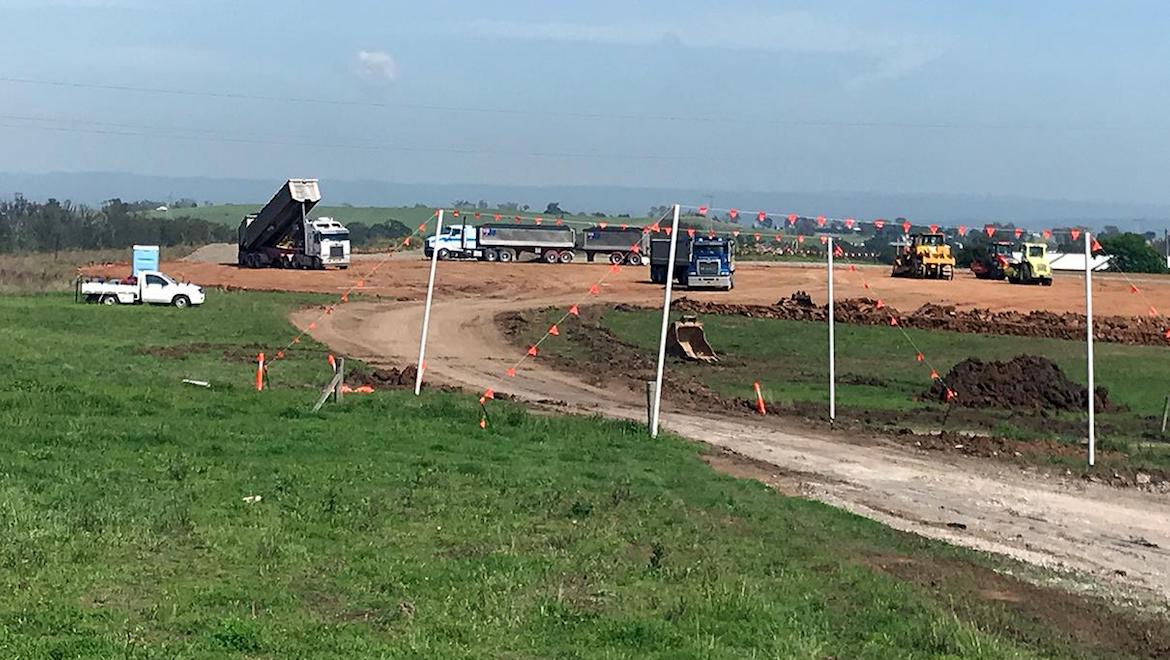
Visitor centre to open in 2019
Members of the public will get the opportunity to see the construction of the airport from mid-2019, when a visitor centre opens at the site.
The centre is expected to use digital and augmented reality technologies to give the public an immersive experience.
Millett said the airport was “very much a cooperative effort around all of those who will be players in the airport going forward”.
“That includes the local community because their input is important to us,” Millett said.
“Part of our task is to reassure the local community that the benefits of the airport by far outweigh any short-term disruption that may be caused by the construction of the airport, or any changes that are brought about by the operation of what is fundamentally a change in rural and semi-rural land into a thriving metropolis.”
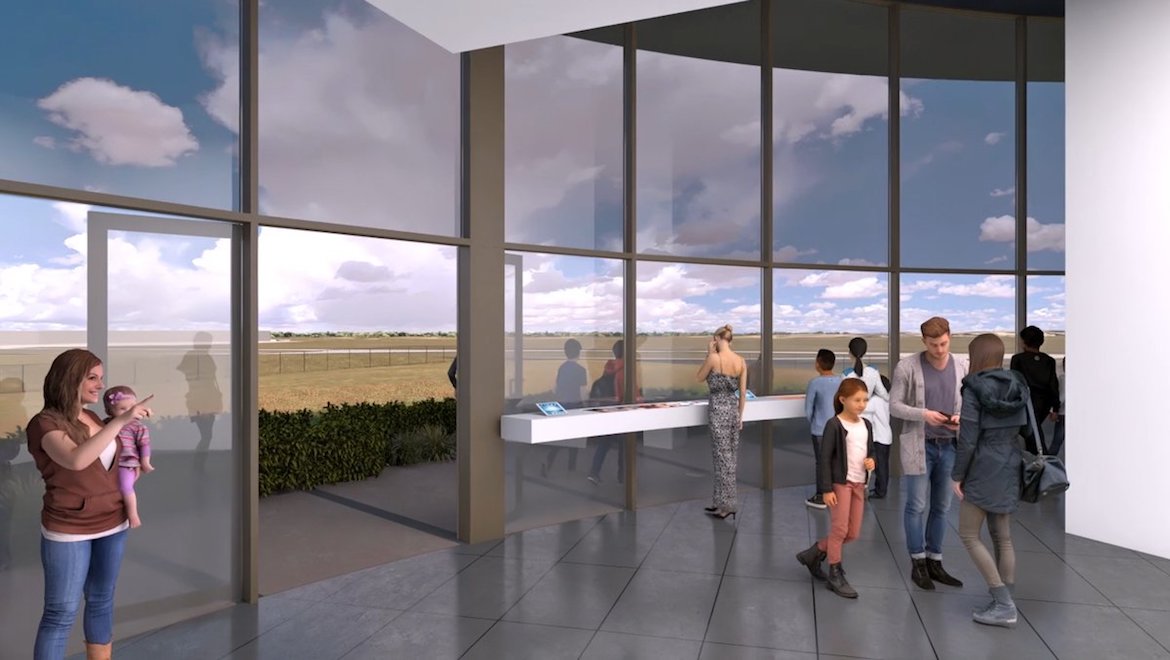
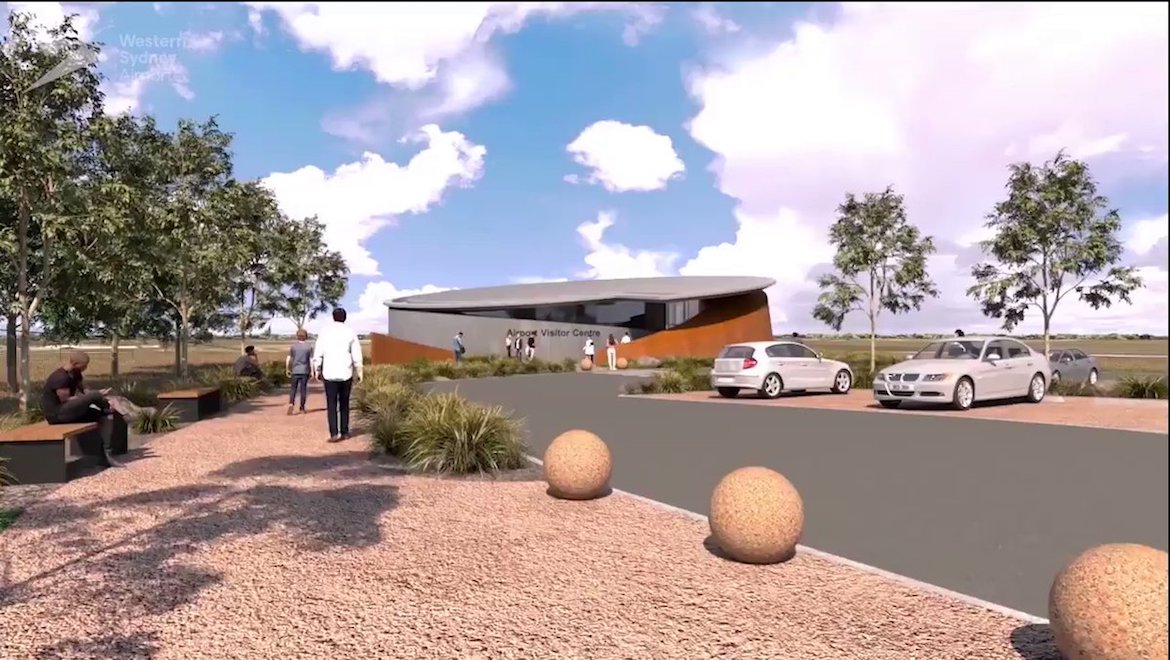
The full interview with Graham Millett can be found here.
This story first appeared in the December 2018 edition of Australian Aviation. To read more stories like this, sign up to become an Australian Aviation member here.










